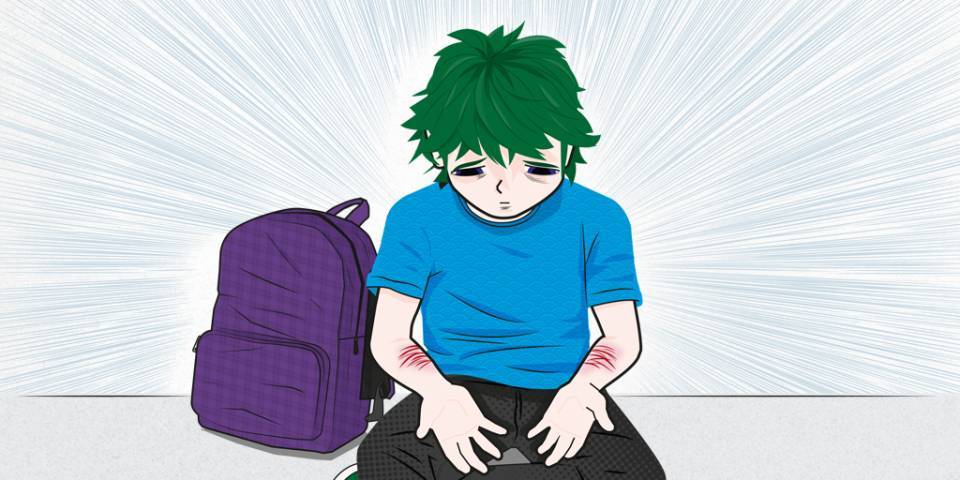Non-Suicidal Self-Injury
Non-suicidal self-injury (NSSI) refers to the intentional, self-inflicted damage to body tissue, carried out without suicidal intent and not for socially or culturally accepted reasons. These behaviours become concerning when they are repeated and have an impact on daily life and overall functioning.
Self-harms in first person
Our current approach to this situation is therapy, there are no medications that can change this behaviour. And the therapy that works best is dialectic behavioural therapy. We work tolerance to discomfort; We realize that in life problems occur and forms of communication.

Cutting

Biting

Pinching

Scratching

Burning

Hitting

Head-banging

Self-embedding objects

Swallowing objects
How many people are affected by self-harming?
Research suggests that up to 30% of adolescents have harmed themselves at least once, usually as an isolated episode and not directly linked to a mental health disorder.
Repeated NSSI affects around 6–9% of the population and is more often associated with underlying mental health conditions. NSSI is most common in early adolescence, tends to decline in late adolescence, with a second rise around the age of 20, though they may occur at any point in life.
Women are slightly more likely to engage in self-harm than men, and this gender difference is particularly evident in clinical samples. Rates are also higher among young people who identify as bisexual or transgender.
Related contents
Información general de Mental Health in Children and Adolescents
Consulta toda la información relacionada con Mental Health in Children and Adolescents
Read moreSubstantiated information by:

Published: 30 October 2019
Updated: 22 September 2025
Subscribe
Receive the latest updates related to this content.
Thank you for subscribing!
If this is the first time you subscribe you will receive a confirmation email, check your inbox
